How To Clean Dslr Camera ?
To clean a DSLR camera, start by turning off the camera and removing the lens. Use a blower brush or air blower to gently remove any loose dust or debris from the camera body and lens. Be careful not to blow air directly onto the sensor.
Next, use a microfiber cloth or lens cleaning tissue to wipe the lens and camera body. You can use a lens cleaning solution or isopropyl alcohol on the cloth or tissue if necessary, but be sure to apply it sparingly and avoid getting any liquid inside the camera.
To clean the camera sensor, use a sensor cleaning kit specifically designed for DSLR cameras. Follow the instructions provided with the kit to safely and effectively clean the sensor.
Finally, reattach the lens and turn on the camera to check for any remaining dust or smudges. If needed, repeat the cleaning process until the camera is clean.
It's important to handle the camera and its components with care during the cleaning process to avoid causing any damage. If you're unsure or uncomfortable cleaning the camera yourself, it's recommended to take it to a professional camera service center for cleaning.
1、 Cleaning the camera body and exterior surfaces
Cleaning a DSLR camera is an essential task to maintain its performance and longevity. One of the first steps in cleaning a DSLR camera is to clean the camera body and exterior surfaces. Here's a step-by-step guide on how to clean your DSLR camera:
1. Turn off the camera and remove the battery: Before starting the cleaning process, ensure that the camera is turned off and the battery is removed to avoid any accidental damage.
2. Use a blower to remove dust: Start by using a blower to remove any loose dust or debris from the camera body and exterior surfaces. Hold the blower a few inches away from the camera and gently blow air onto the surfaces.
3. Use a soft brush or microfiber cloth: Next, use a soft brush or microfiber cloth to gently wipe away any remaining dust or smudges. Be careful not to apply too much pressure, as it may scratch the camera's surface.
4. Clean the LCD screen: To clean the LCD screen, use a microfiber cloth slightly dampened with a cleaning solution specifically designed for camera screens. Avoid using harsh chemicals or excessive moisture, as it may damage the screen.
5. Clean the lens mount: Use a lens cleaning solution and a lens cleaning cloth to clean the lens mount. This will help remove any dirt or debris that may affect the lens attachment.
6. Clean the camera strap: If your camera has a strap, remove it and clean it separately. Follow the manufacturer's instructions for cleaning the strap, as different materials may require different cleaning methods.
7. Store the camera properly: After cleaning, store your DSLR camera in a clean and dry place, preferably in a camera bag or case, to protect it from dust and moisture.
It's important to note that the above steps are general guidelines and may vary depending on the specific camera model. Always refer to the camera's user manual for any specific cleaning instructions or precautions.
In the current context of the COVID-19 pandemic, it is also advisable to sanitize your camera regularly. Use a disinfectant wipe or a cloth dampened with isopropyl alcohol to gently wipe down the camera body and exterior surfaces. However, avoid using alcohol on the LCD screen, as it may damage the protective coating.
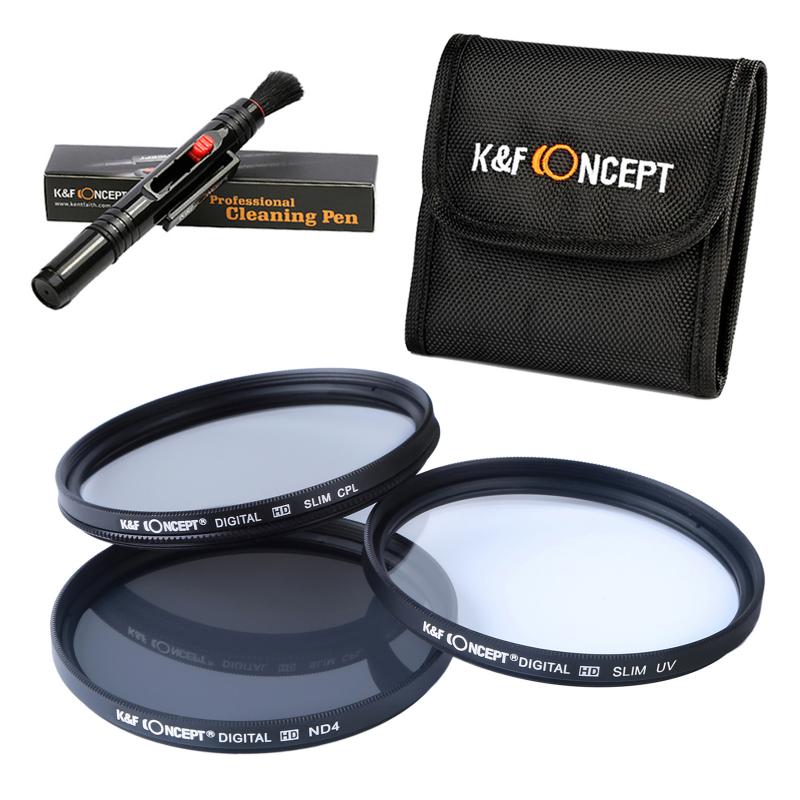
2、 Cleaning the camera lens
Cleaning a DSLR camera is an essential task that every photographer should know how to do properly. One of the most important aspects of cleaning a DSLR camera is cleaning the camera lens. The lens is the most vulnerable part of the camera and can easily accumulate dust, fingerprints, and smudges, which can affect the quality of your photographs.
To clean the camera lens, start by using a blower brush to remove any loose dust particles. Gently brush the lens in a circular motion, being careful not to apply too much pressure. This will help remove any loose debris without scratching the lens.
Next, use a microfiber cloth or lens cleaning tissue to clean the lens surface. Moisten the cloth or tissue with a few drops of lens cleaning solution or isopropyl alcohol. Wipe the lens in a circular motion, starting from the center and moving outward. Be sure to clean both the front and back elements of the lens.
If there are stubborn smudges or fingerprints on the lens, use a lens cleaning pen. These pens have a soft brush on one end to remove dust and a cleaning tip on the other end to remove smudges. Gently brush away any dust and then use the cleaning tip to remove the smudges.
It is important to note that cleaning the camera lens should be done sparingly and only when necessary. Overcleaning can potentially damage the lens coating. Additionally, always use proper cleaning tools and solutions specifically designed for camera lenses to avoid any damage.
In the latest point of view, it is worth mentioning that some photographers prefer using lens filters to protect their camera lenses. These filters act as a barrier against dust, fingerprints, and other potential hazards, reducing the need for frequent lens cleaning. However, it is still important to clean the filters regularly to maintain their effectiveness.
In conclusion, cleaning the camera lens is an essential part of maintaining a DSLR camera. By following the proper techniques and using the right tools, photographers can ensure that their lenses are free from dust, fingerprints, and smudges, resulting in sharper and clearer photographs.
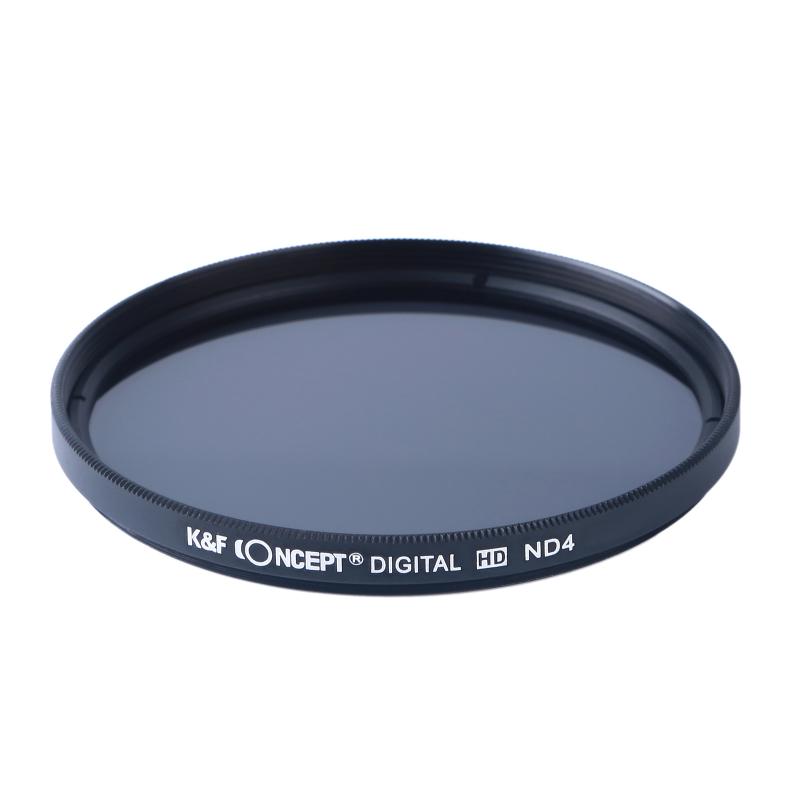
3、 Cleaning the camera sensor
Cleaning a DSLR camera is an essential task to maintain its performance and image quality. One of the most crucial aspects of cleaning a DSLR camera is cleaning the camera sensor. The camera sensor is the heart of the camera, responsible for capturing the image, and it can easily accumulate dust, dirt, and other particles over time.
To clean the camera sensor, you will need a few tools: a blower, sensor cleaning swabs, and a sensor cleaning solution. Before starting, make sure to fully charge your camera battery and work in a clean and dust-free environment.
First, use a blower to remove any loose dust or particles from the camera sensor. Hold the camera upside down and gently blow air onto the sensor. This will help dislodge any loose debris.
Next, use a sensor cleaning swab and apply a few drops of sensor cleaning solution to the swab. Be sure to use a swab specifically designed for your camera's sensor size. Gently swipe the swab across the sensor in one direction, avoiding any excessive pressure or rubbing. Repeat this process with a clean swab if necessary.
It is important to note that cleaning the camera sensor can be a delicate process, and if you are unsure or uncomfortable doing it yourself, it is recommended to have it cleaned by a professional. Additionally, always refer to your camera's manual for specific instructions and precautions.
In recent years, some DSLR cameras have introduced self-cleaning sensor mechanisms that help reduce the accumulation of dust. These mechanisms use ultrasonic vibrations to shake off dust particles from the sensor. While this feature can be helpful, it is still recommended to periodically clean the camera sensor manually for optimal results.
Regularly cleaning your DSLR camera, including the camera sensor, will ensure that your images remain sharp and free from unwanted artifacts caused by dust or dirt.
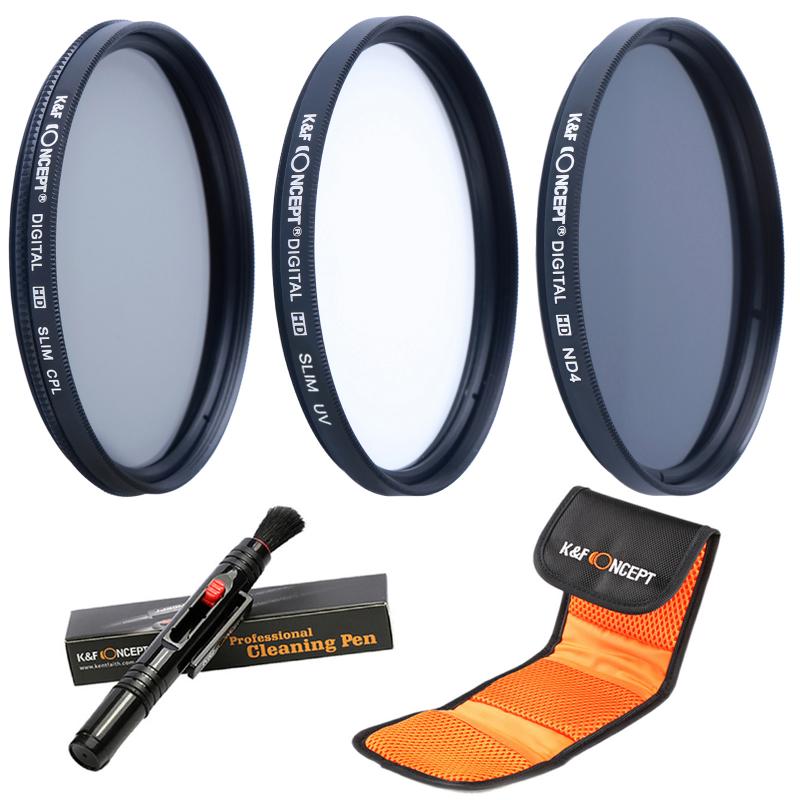
4、 Cleaning camera accessories (e.g., memory card, battery)
Cleaning a DSLR camera is an essential task that should be performed regularly to maintain its optimal performance and longevity. Here is a step-by-step guide on how to clean a DSLR camera:
1. Power off the camera: Before starting the cleaning process, make sure to turn off the camera and remove the battery to avoid any accidental damage.
2. Remove dust and debris: Use a blower brush or a can of compressed air to gently remove any loose dust or debris from the camera body, lens, and other external parts. Be careful not to blow air directly into the camera sensor or lens elements.
3. Clean the lens: Use a microfiber cloth or lens cleaning solution to clean the camera lens. Gently wipe the lens in a circular motion, starting from the center and moving towards the edges. Avoid using excessive force or abrasive materials that could scratch the lens.
4. Clean the camera body: Use a soft, lint-free cloth slightly dampened with water or a mild cleaning solution to wipe the camera body. Pay attention to the buttons, dials, and LCD screen, as these areas tend to accumulate dirt and fingerprints.
5. Clean the camera sensor: Cleaning the camera sensor requires extra caution and should only be done if necessary. If you notice visible dust spots in your images, consider using a sensor cleaning kit or take the camera to a professional service center for sensor cleaning.
In addition to cleaning the camera itself, it is also important to clean camera accessories such as memory cards and batteries. To clean memory cards, use a soft cloth to wipe away any dirt or debris from the contacts. For batteries, gently wipe the contacts with a clean cloth to ensure a good connection.
It is worth noting that camera manufacturers often provide specific cleaning instructions in the camera's user manual. Following these guidelines can help ensure that you clean your DSLR camera and its accessories properly and safely.
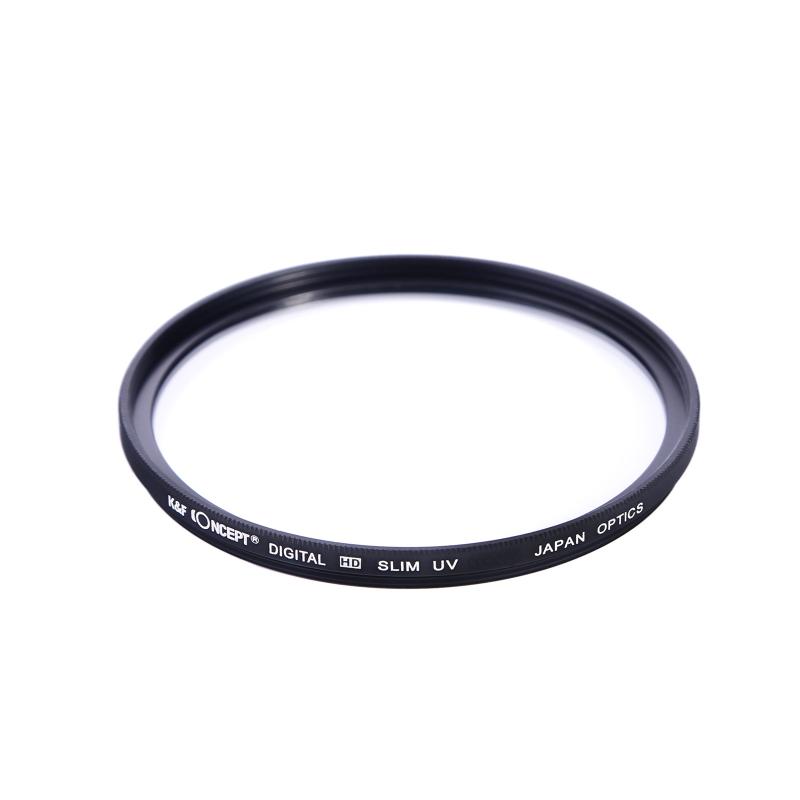


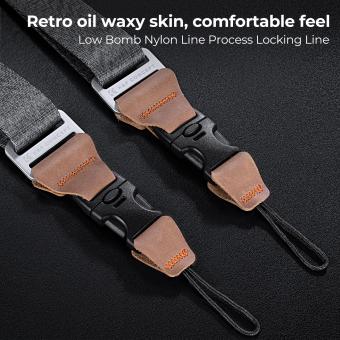






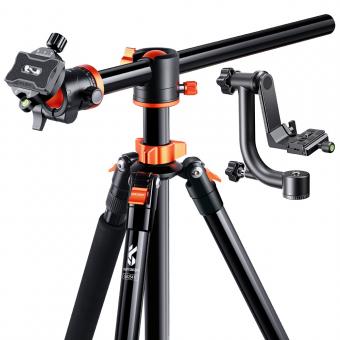
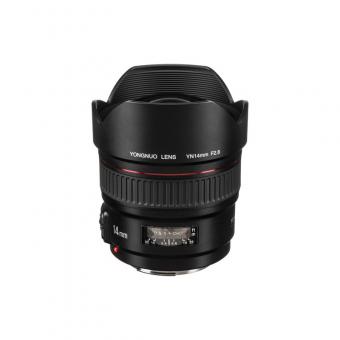
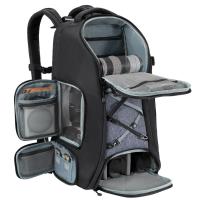
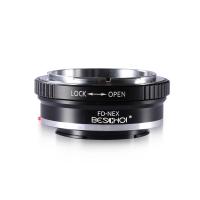


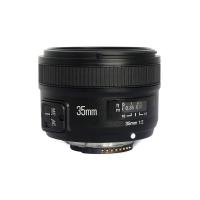

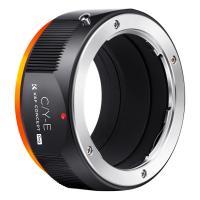
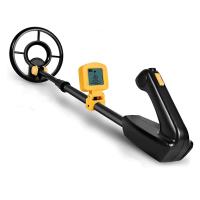
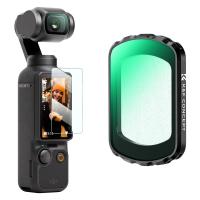
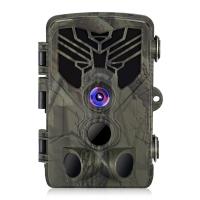

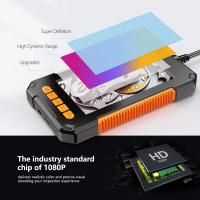




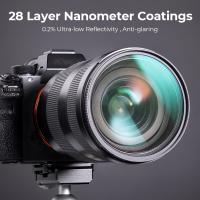

There are no comments for this blog.